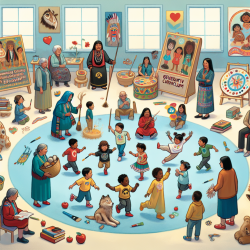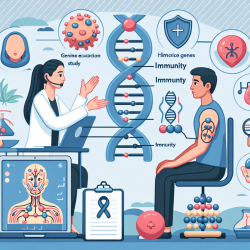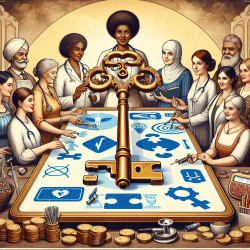Early childhood education serves as the foundation for a child's development and lifelong learning. It is particularly crucial in First Nations communities, where education systems must not only address universal developmental needs but also respect and integrate cultural heritage and values. The research by Jessica Ball and Alan Pence, presented in A 'Generative Curriculum Model' for Supporting Child Care and Development Programs in First Nations Communities, offers a groundbreaking approach to creating culturally relevant and community-specific early childhood education programs.
First Nations communities in Canada have long faced challenges in accessing quality early childhood education that reflects their cultural values and practices. Mainstream programs often fail to acknowledge the rich cultural heritage of these communities, leading to a disconnect between the education provided and the community's needs. The Generative Curriculum Model (GCM) emerged as a response to this gap, emphasizing the co-construction of curriculum by First Nations communities and educational professionals.
The GCM is not just an educational framework but a movement towards community empowerment and cultural preservation. It is based on the principles of participation, respect, and flexibility, allowing communities to tailor early childhood education to their unique cultural contexts. This model has shown remarkable success in fostering high rates of program completion, community involvement, and the creation of a range of culturally relevant services that support children's development and parental involvement in child-rearing practices that are consistent with their culture.
For practitioners looking to improve their skills and effectiveness in supporting First Nations children's care and development, the GCM offers several key insights:
- Community Involvement: Engage community members, including parents, Elders, and educators, in the development and implementation of the curriculum. Their insights and contributions ensure that the program is culturally relevant and meets the community's needs.
- Cultural Relevance: Incorporate traditional languages, practices, and values into the curriculum. This not only helps preserve the cultural heritage but also strengthens children's identity and self-esteem.
- Flexibility: Be open to adapting the program based on feedback from the community and the evolving needs of the children. Flexibility allows for the incorporation of innovative teaching methods and materials that resonate with the community's cultural context.
- Professional Development: Continuous learning and development are crucial for educators working within the GCM framework. Engaging in dialogues, attending workshops, and participating in community activities can enhance understanding and respect for the culture and improve teaching practices.
The GCM's success in First Nations communities highlights the importance of culturally responsive education. It demonstrates that when education respects and integrates the cultural identity of the community, it can lead to more meaningful learning experiences and better outcomes for children.
Implementing the outcomes of the GCM requires a commitment to collaboration, respect for cultural diversity, and a willingness to learn from the community. Practitioners are encouraged to reflect on their practices, seek out resources and training on culturally responsive education, and engage in partnerships with First Nations communities. By doing so, they can contribute to creating an inclusive and empowering educational environment that supports the optimal development of all children.
For those interested in exploring this innovative approach further and understanding its implications for early childhood education in First Nations communities, reading the original research is highly recommended. A 'Generative Curriculum Model' for Supporting Children Care and Development Programs in First Nations Communities by Jessica Ball and Alan Pence provides a comprehensive overview of the model, its development, implementation, and outcomes.
Embracing the GCM can transform early childhood education in First Nations communities, ensuring it is culturally relevant, community-driven, and supportive of children's holistic development. As educators and communities work together, they pave the way for a future where First Nations children can thrive, grounded in their cultural heritage and equipped for the challenges ahead.










